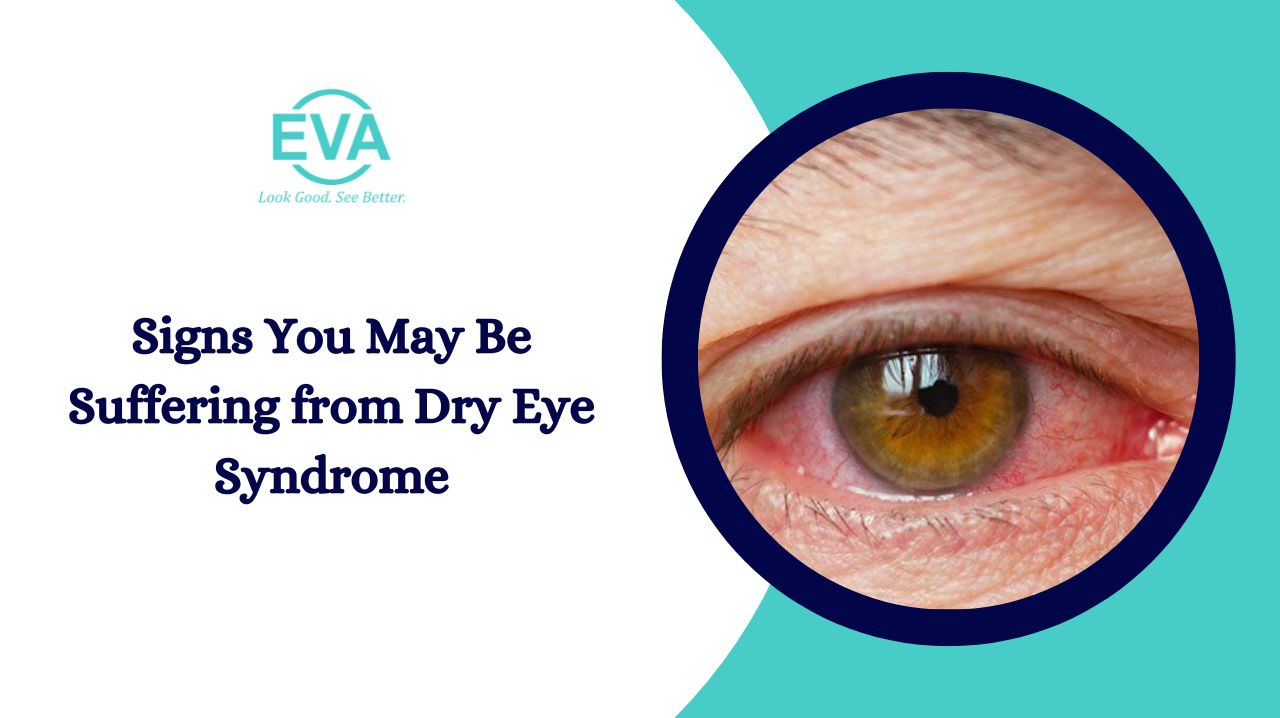Signs You May Be Suffering from Dry Eye Syndrome

Dry eye syndrome is a common condition that affects millions of people worldwide. It occurs when your eyes do not produce enough tears or the tears evaporate too quickly, leading to discomfort and irritation. If left untreated, dry eye syndrome can impact your vision and overall eye health. In this blog, we will explore the signs and symptoms of dry eye syndrome, helping you identify if you might be experiencing this condition and when to seek eye surgeon help.
8 Signs You May Have Dry Eye Syndrome
Keep reading for 8 signs that you may have dry eye syndrome!
1. Persistent Eye Irritation
One of the most common signs of dry eye syndrome is persistent eye irritation. If you frequently experience itching, burning, or a feeling of grittiness in your eyes, it could be due to inadequate tear production. Dry eyes can cause discomfort and make everyday activities challenging, such as reading, using electronic devices, or being in dry and windy environments.
2. Redness and Eye Fatigue
When your eyes lack sufficient moisture, they may become red and bloodshot. This redness can occur due to the irritation caused by the insufficient lubrication, making your eyes look tired and strained. If you notice that your eyes often appear red or feel fatigued, it may be a sign of dry eye syndrome.
3. Excessive Tearing
Contrary to its name, dry eye syndrome can sometimes lead to excessive tearing as your eyes attempt to compensate for the lack of moisture. This can be confusing for some people who associate dry eyes with reduced tear production. However, the excess tears produced are often of poor quality and do not effectively lubricate the eyes, leaving them still feeling dry and uncomfortable.
4. Sensitivity to Light
Dry eyes can make you more sensitive to light, a condition known as photophobia. Bright lights, such as sunlight or indoor lighting, can exacerbate the discomfort and cause additional eye strain. If you find yourself squinting or avoiding well-lit environments, it might be due to dry eye syndrome.
5. Blurred Vision
Blurry vision can be another sign of dry eye syndrome. When your eyes are not properly lubricated, your vision may become temporarily blurred, making it challenging to focus on objects or see clearly. This blurriness may improve with blinking but returns after a short period.
6. Difficulty Wearing Contact Lenses
If you wear contact lenses, dry eye syndrome can be particularly bothersome. Insufficient tear production can lead to discomfort, redness, and a feeling of having a foreign object in your eye when wearing contacts. If you notice an increased difficulty in wearing your lenses, it could be a sign of dry eyes.
7. Eye Discharge and Crusting
People with dry eye syndrome may experience an increase in eye discharge, which can cause the eyelids to stick together during sleep, leading to crusting upon waking. The discharge may be more pronounced in the mornings and can contribute to a feeling of discomfort and irritation.
8. Watery Eyes in Windy Conditions
While dry eye syndrome can cause a lack of moisture, windy conditions may trigger reflex tearing, leading to watery eyes. This may seem contradictory, but the excessive tearing during windy weather does not provide adequate lubrication, leaving your eyes still feeling dry and irritated.
Conclusion
Dry eye syndrome is a prevalent condition that can affect anyone, regardless of age or gender. If you are experiencing any of the signs mentioned above, it's essential to consult an eye specialist doctor for a proper diagnosis and treatment plan. Dry eye syndrome can be managed effectively with the right approach, including lifestyle changes, eye drops, and, in severe cases, advanced medical treatments. By recognizing the signs of dry eye syndrome early on, you can take the necessary steps to maintain your eye health and enjoy clear and comfortable vision. Remember, regular eye check-ups are crucial for preventing and managing eye-related conditions effectively.

